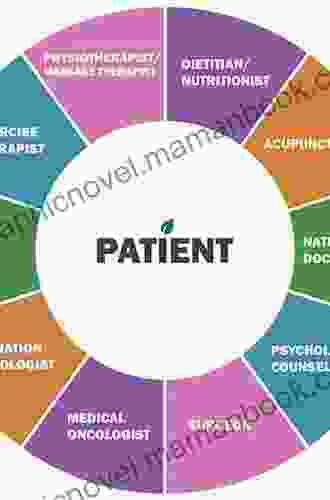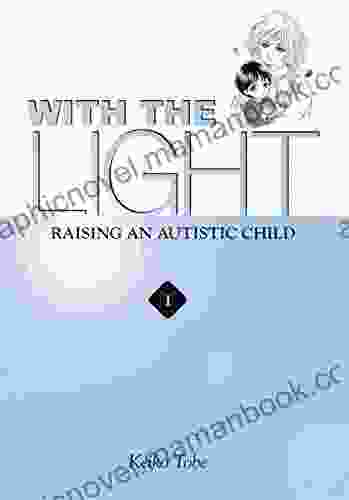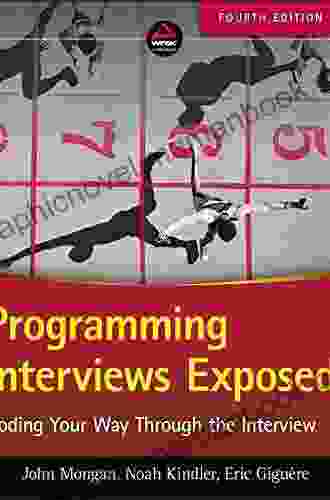All It Takes Is One Bad Day: Unraveling the Unpredictable Nature of Evil

In the annals of human history, countless tales have been told of individuals who have succumbed to the lure of darkness, committing heinous acts that defy comprehension. While some may attribute such atrocities to inherent evil or malevolence, others recognize the insidious role that life's seemingly innocuous setbacks can play in shaping the trajectory of even the most seemingly innocuous individuals.
4.9 out of 5
| Language | : | English |
| File size | : | 140129 KB |
| Print length | : | 192 pages |
The notion that "all it takes is one bad day" to transform an ordinary person into a perpetrator of unspeakable horrors was famously explored in the groundbreaking graphic novel Watchmen by Alan Moore and Dave Gibbons. In this seminal work, the character Rorschach, a morally uncompromising vigilante, posits that "there's no such thing as good or evil; there's just people." He argues that even the most heinous individuals are capable of redemption, while even the most virtuous can be corrupted by circumstances.
While Watchmen remains a fictional exploration of the nature of evil, numerous real-life examples provide chilling evidence to support the idea that one bad day can have profound and unforeseen consequences.
The Stanford Prison Experiment
In 1971, psychologist Philip Zimbardo conducted a groundbreaking study known as the Stanford Prison Experiment. The experiment randomly assigned participants to play the roles of prisoners and guards in a simulated prison environment. Within hours, the guards began exhibiting alarming levels of sadistic behavior, while the prisoners became increasingly submissive and demoralized.
The experiment, which was intended to last for two weeks, was prematurely terminated after just six days due to the psychological distress experienced by the participants. Zimbardo concluded that the situation, not the participants' inherent dispositions, was responsible for the shocking transformation in their behavior.
The Milgram Experiment
Another well-known study, conducted by psychologist Stanley Milgram in the 1960s, demonstrated the extent to which ordinary people can be coerced into committing acts of violence. In the experiment, participants were instructed to administer electric shocks to a confederate who was supposedly in another room. Despite their initial reluctance, many participants increased the intensity of the shocks to levels that could have caused serious injury or even death.
Milgram's findings suggest that even the most decent individuals are capable of perpetrating atrocities under the right circumstances, such as when they are under the authority of a figure they perceive as legitimate.
Societal Pressures and Economic Inequality
While psychological factors can play a significant role in determining an individual's propensity for evil, societal pressures and economic inequality also have a profound impact. Poverty, unemployment, and discrimination can create a breeding ground for resentment and frustration, which can sometimes manifest in violent or antisocial behavior.
A study conducted by the World Health Organization found that poverty is associated with increased rates of homicide, assault, and other forms of interpersonal violence. Similarly, research has shown that economic inequality can lead to social unrest and political instability, which can further contribute to violence and conflict.
Mitigating the Risk of Evil
Recognizing the complex and mutable nature of evil is the first step towards mitigating its destructive potential. By understanding the psychological, social, and economic factors that can contribute to its manifestation, we can take steps to create a more just and equitable society.
Here are some specific measures that can be taken to reduce the risk of evil:
- Providing access to quality education and employment opportunities
- Reducing poverty and economic inequality
- Promoting social inclusion and tolerance
- Challenging prejudice and discrimination
- Supporting mental health services and interventions
The notion that "all it takes is one bad day" to turn a good person into an evildoer is both a chilling and sobering reminder of the fragile nature of human morality. However, by understanding the factors that contribute to evil and by working to create a more just and equitable society, we can reduce its destructive potential and build a world where good prevails over darkness.
4.9 out of 5
| Language | : | English |
| File size | : | 140129 KB |
| Print length | : | 192 pages |
Do you want to contribute by writing guest posts on this blog?
Please contact us and send us a resume of previous articles that you have written.
 Top Book
Top Book Novel
Novel Fiction
Fiction Nonfiction
Nonfiction Literature
Literature Paperback
Paperback Hardcover
Hardcover E-book
E-book Audiobook
Audiobook Bestseller
Bestseller Classic
Classic Mystery
Mystery Thriller
Thriller Romance
Romance Fantasy
Fantasy Science Fiction
Science Fiction Biography
Biography Memoir
Memoir Autobiography
Autobiography Poetry
Poetry Drama
Drama Historical Fiction
Historical Fiction Self-help
Self-help Young Adult
Young Adult Childrens Books
Childrens Books Graphic Novel
Graphic Novel Anthology
Anthology Series
Series Encyclopedia
Encyclopedia Reference
Reference Guidebook
Guidebook Textbook
Textbook Workbook
Workbook Journal
Journal Diary
Diary Manuscript
Manuscript Folio
Folio Pulp Fiction
Pulp Fiction Short Stories
Short Stories Fairy Tales
Fairy Tales Fables
Fables Mythology
Mythology Philosophy
Philosophy Religion
Religion Spirituality
Spirituality Essays
Essays Critique
Critique Commentary
Commentary Glossary
Glossary Bibliography
Bibliography Index
Index Table of Contents
Table of Contents Preface
Preface Introduction
Introduction Foreword
Foreword Afterword
Afterword Appendices
Appendices Annotations
Annotations Footnotes
Footnotes Epilogue
Epilogue Prologue
Prologue Benn Steil
Benn Steil William C Kirby
William C Kirby John Mongan
John Mongan Antonia Salomon
Antonia Salomon Sam Torode
Sam Torode Erwin Mortier
Erwin Mortier Anne Marie Richardson Gibbs
Anne Marie Richardson Gibbs Grace Onyema
Grace Onyema Frank Mclynn
Frank Mclynn Andrew Davis
Andrew Davis Brenda Stokes Lee
Brenda Stokes Lee Joosr
Joosr Alicja Urbanowicz
Alicja Urbanowicz Beverley Courtney
Beverley Courtney Rick Riordan
Rick Riordan Loretta Jackson
Loretta Jackson Michael Chabon
Michael Chabon Cynthia Harrod Eagles
Cynthia Harrod Eagles Ray Dalio
Ray Dalio Dorcas Oginni
Dorcas Oginni
Light bulbAdvertise smarter! Our strategic ad space ensures maximum exposure. Reserve your spot today!

 Ryūnosuke AkutagawaTransforming Healthcare: A Comprehensive Guide to the Patient-Centered...
Ryūnosuke AkutagawaTransforming Healthcare: A Comprehensive Guide to the Patient-Centered... Hector BlairFollow ·15.1k
Hector BlairFollow ·15.1k W.H. AudenFollow ·3.9k
W.H. AudenFollow ·3.9k Jarrett BlairFollow ·18.2k
Jarrett BlairFollow ·18.2k David BaldacciFollow ·7.7k
David BaldacciFollow ·7.7k Stan WardFollow ·18.6k
Stan WardFollow ·18.6k Andrew BellFollow ·10.9k
Andrew BellFollow ·10.9k Dennis HayesFollow ·14.5k
Dennis HayesFollow ·14.5k Harry CookFollow ·3.9k
Harry CookFollow ·3.9k

 Rex Hayes
Rex HayesWorld of Dead Volume Issue: An In-Depth Analysis
The World of Dead volume issue...

 Nathan Reed
Nathan ReedHard Lessons Learned from ERP Rollouts: A Hivemind...
Enterprise...

 Fernando Bell
Fernando BellWith the Light, Vol. 1: Illuminating the Extraordinary...
The advent of parenthood is a...

 Wesley Reed
Wesley ReedNo Helping Hand: True Story of Deadly Waves
In December 2004,...

 Ruben Cox
Ruben CoxIntroduction to Electrodynamics by David Griffiths: A...
to Electrodynamics by...
4.9 out of 5
| Language | : | English |
| File size | : | 140129 KB |
| Print length | : | 192 pages |












